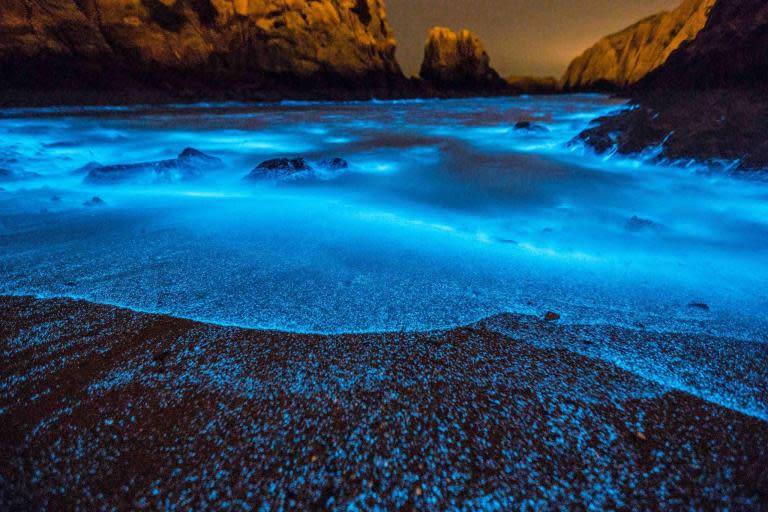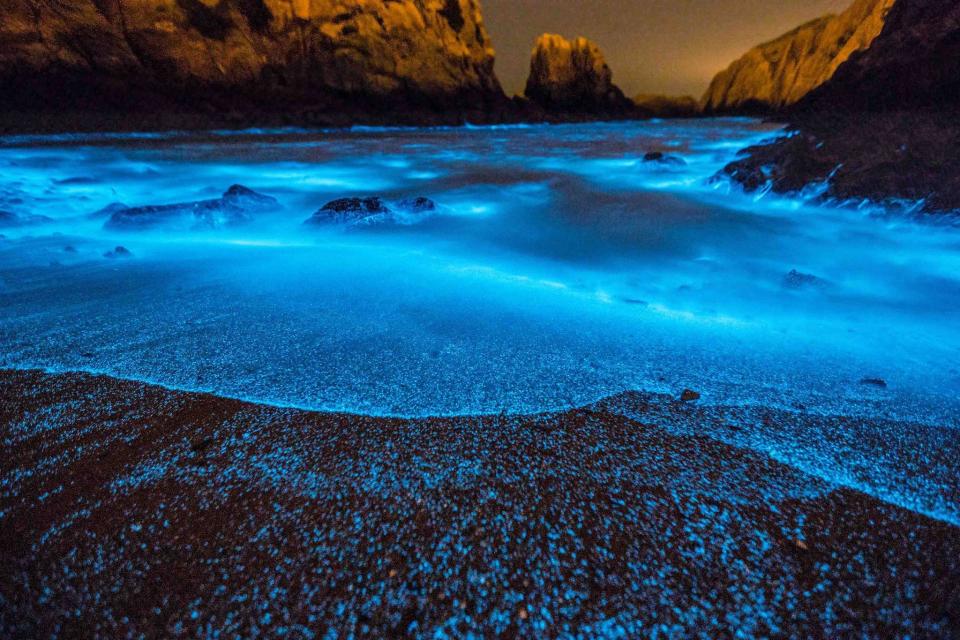China's toxic "blue tears" bloom in greater numbers
Glowing blooms of “blue tears” in the East China Sea continue to attract tourists in record numbers, but the plankton can prove detrimental to fellow sea life.
Also known as "sea sparkles", the organisms found mostly in coastal areas turn luminous blue when disturbed, providing a visual treat for those present and making them a popular attraction for visitors.
Despite their enchanting appearance, the plankton could prove detrimental in the long term.
Although they pose no direct threat to humans, they secrete ammonia which can prove harmful to ocean life in high levels because it depletes oxygen levels in the surrounding water.
Scientists have been tracking the plankton off the coast of China and a new report in the Geophysical Research Letters journal suggests that have been blooming in ever greater numbers in recent years, in turn posing a greater threat to their fellow sea life.
The growth could be put down to many factors including warmer temperatures and an excess of nutrients entering the sea due to increased use of fertiliser, the report suggests.


